Research
Search our website
Search our website by entering a keyword or choose a database above to search specifically.
Search
Showing search results 3,421 - 3,430
14,713 results found
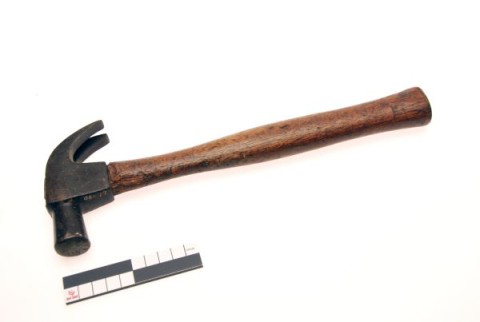
Claw hammer (carpenter)
The claw hammer is a hammer - very similar to the farrier's shoeing hammer
- with square or round face, of 300-900 gr, with a split pin. The claw is
used to pull out nails (1). To do this, the carpenter takes his hammer with
the iron under his hand, places the nail in the tapered crack and pulls
back the handle. Due to the force exerted on the joint, it is often
reinforced by two springs. See also this hammer of the carpenter. [MOT] (1)
The double claw - two claws one above the other - occurs only exceptionally
(eg SLOANE: 99). It was probably used to pull out long nails.
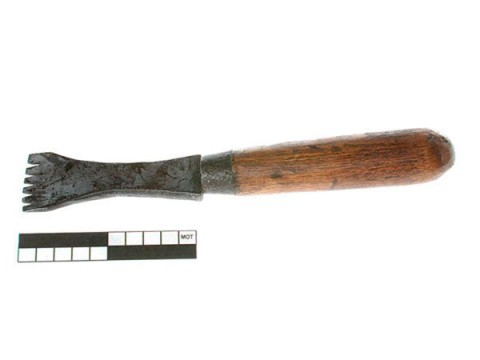
Claw-chisel
This text can only be consulted in Dutch
<https://www.mot.be/resource/Tool/claw-chisel?lang=nl>
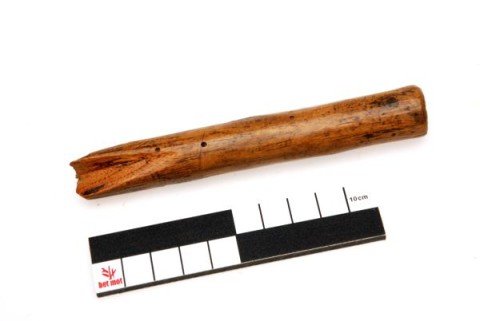
Cleaver (basket maker)
This text can only be consulted in Dutch
<https://www.mot.be/resource/Tool/cleaver-basket-maker?lang=nl>
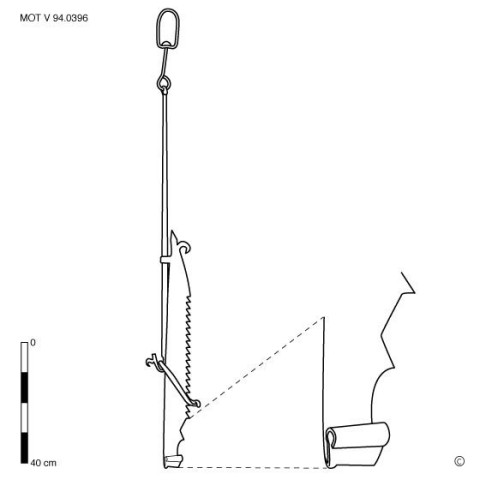
Chimney crook (saw)
This text can only be consulted in Dutch
<https://www.mot.be/resource/Tool/chimney-crook-saw?lang=nl>
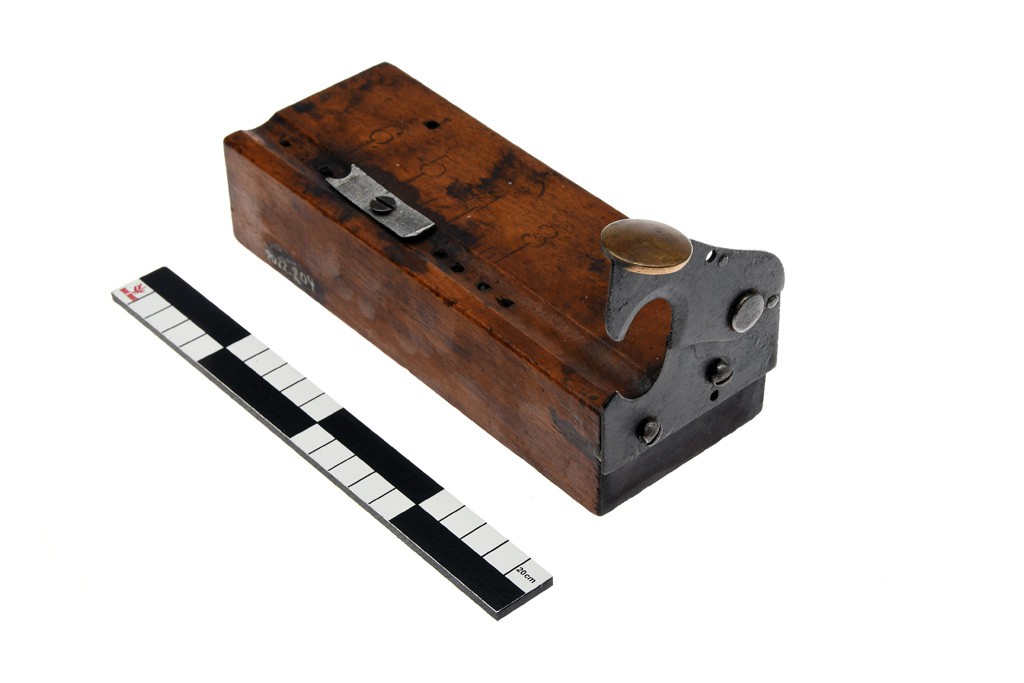
Cigar tuck cutter
This text can only be consulted in Dutch
<https://www.mot.be/resource/Tool/cigar-tuck-cutter?lang=nl>
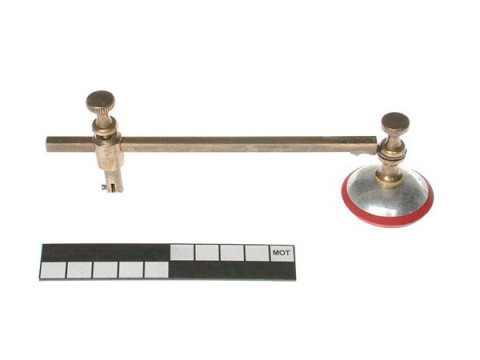
Circle glass cutter
This text can only be consulted in Dutch
<https://www.mot.be/resource/Tool/circle-glass-cutter?lang=nl>
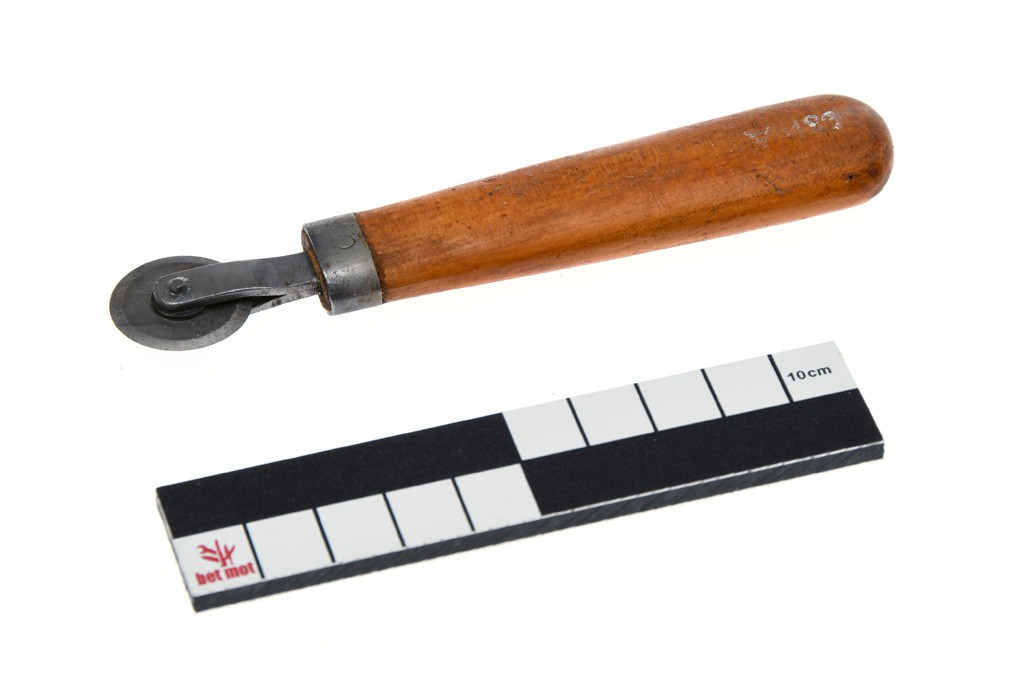
Cigar roller knife
This text can only be consulted in Dutch
<https://www.mot.be/resource/Tool/cigar-roller-knife?lang=nl>
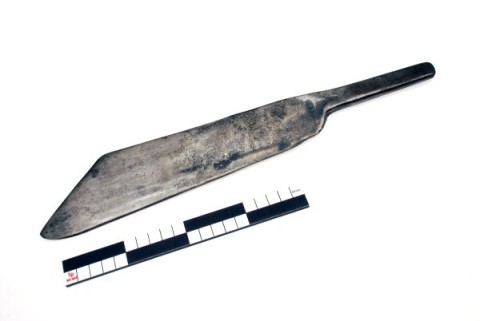
Cleaving knife
The cleaving knife is an all-metal hand tool for splitting short standing
logs. It is a rectangular iron (20-50 / 5-10 / 0.5-1.5 cm) of which one
long side is sharp and the other is extended by a co-plane rod (approx.
10-15 cm) which serves as a handle. The craftsman, eg the clog maker or the
cooper, places the tool on the cross-section of the piece to be split and
hits it with a froe-maul. The splitting wedge is mainly used for splitting
long horizontal pieces, unlike the cleaving knife and the splitting wedge
with handle. [MOT]
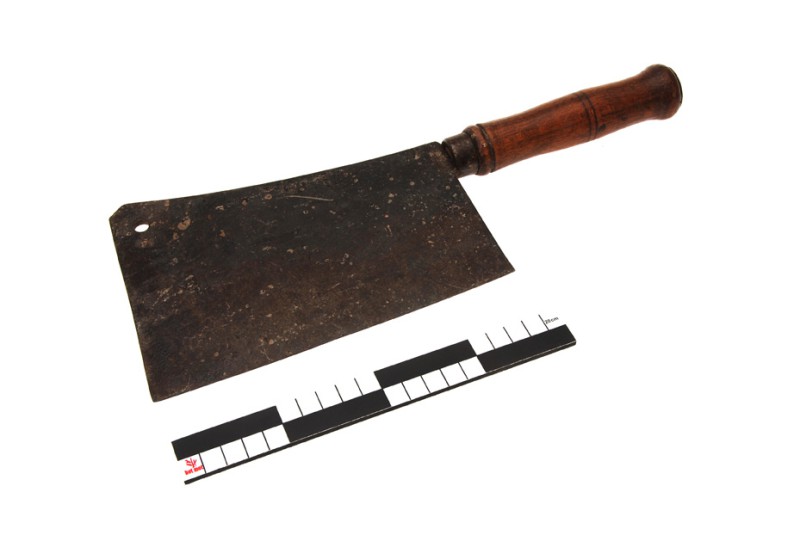
Cleaver
Kitchen utensils with a heavy, usually rectangular blade used to chop meat
into pieces. Blade and handle form one whole, or the blade is inserted into
a wooden handle and takes up more than half of the total weight. In this
way, the cleaver falls forward and down, as it were, making chopping
easier. The weight (300 gr - 3 kg) of these meat cleavers varies depending
on the work to be done with them. Heavy cleavers of butchers effortlessly
cut through most joints and bones. See also the billhook for wood and the
two-handed cleaver. [MOT]
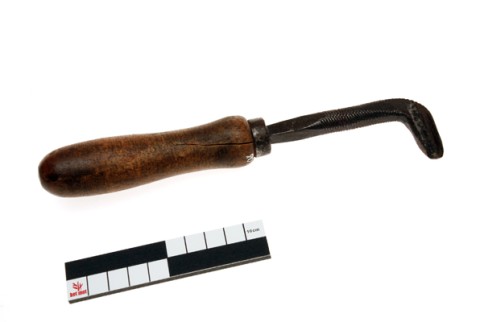
Clinch groover
Clinch groover of a shoeing smith
